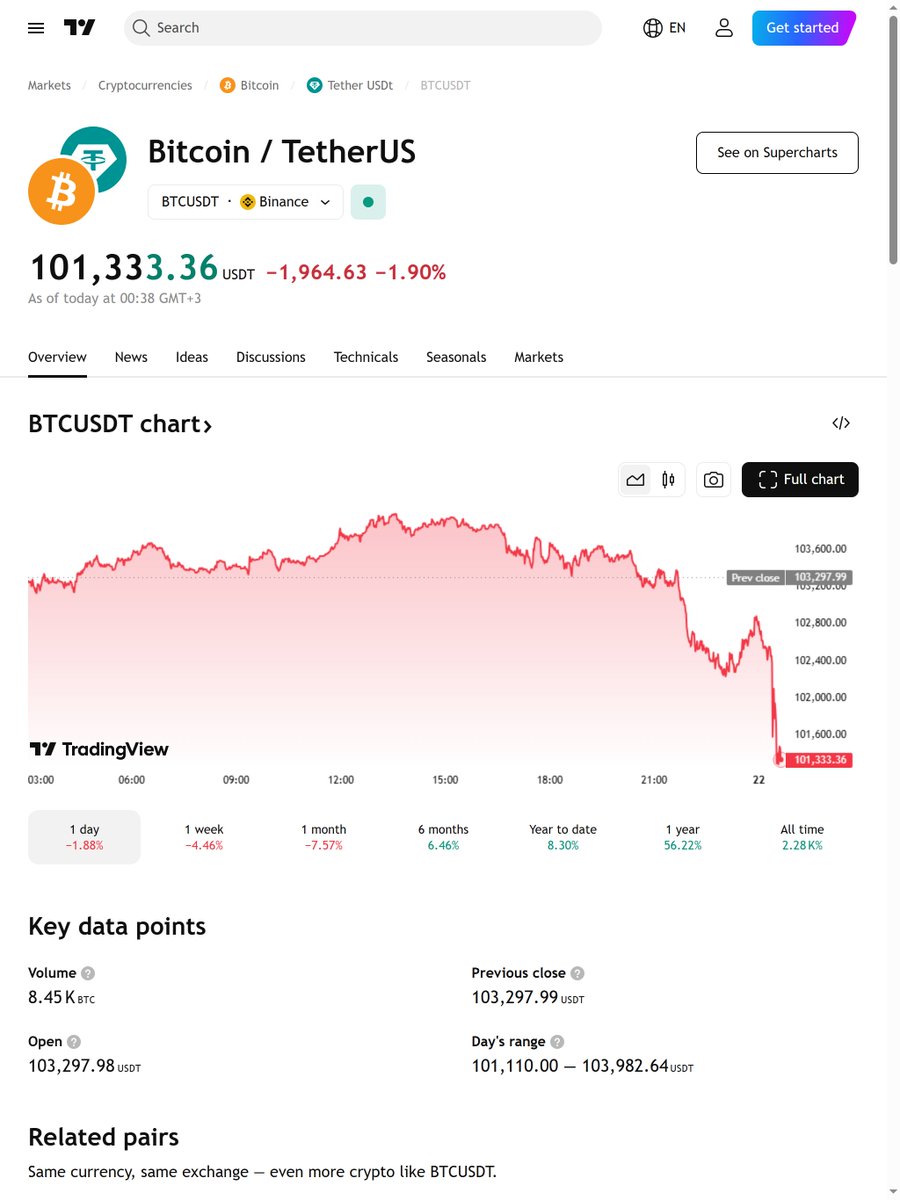The Bitcoin Blocksize War: A Retrospective on Corporate Influence and Technical Governance
The Genesis of the Blocksize War
Imagine a digital frontier where the fate of a revolutionary currency hangs in the balance, not by the will of its community, but by the whims of corporate titans. This was the reality during the Bitcoin Blocksize War, a defining moment in the annals of cryptocurrency history. The conflict revolved around a seemingly technical issue: the proposed increase in Bitcoin’s block size, a parameter that dictates how much data can be packed into a single block on the blockchain. The debate was heated, with proponents advocating for scalability and detractors emphasizing decentralization and security. Amidst this chaos, allegations of lobbying tactics by influential figures like Brian Armstrong, the CEO of Coinbase, have surfaced, raising critical questions about corporate influence over technical governance in decentralized systems.
The Role of Brian Armstrong and Coinbase
Brian Armstrong, a titan in the cryptocurrency world, has been accused of attempting to sway the outcome of the Bitcoin Blocksize War in favor of larger blocks. These allegations, brought to light by tweets from individuals like Samson Mow, suggest that Armstrong’s actions were driven by the corporate interests of Coinbase, one of the largest cryptocurrency exchanges globally. The implications of such influence are profound, as they challenge the very foundations of decentralization that Bitcoin was built upon.
The Allegations
The allegations against Armstrong center around his purported efforts to lobby for a larger block size, which would have benefited Coinbase by increasing transaction throughput and potentially attracting more users to the exchange. This scenario illustrates how corporate interests can intersect with technical governance, potentially leading to decisions that prioritize short-term gains over long-term sustainability.
The Impact on Decentralization
Decentralization is the bedrock of Bitcoin’s design, ensuring that no single entity controls the network. However, the alleged lobbying tactics by Armstrong raise serious questions about the integrity of this principle. If corporate interests can influence technical decisions, it undermines the trust that users have in the system, potentially leading to a more centralized and less secure network.
The Technical Governance of Decentralized Systems
The Bitcoin Blocksize War underscored the complexities of technical governance in decentralized systems. Unlike traditional systems, where decisions are often made by a central authority, decentralized systems rely on consensus among a diverse group of stakeholders. This consensus-based approach is both a strength and a weakness, as it can lead to slow decision-making but also ensures that decisions are made in the best interest of the community.
The Role of Consensus
Consensus is the lifeblood of decentralized systems, ensuring that decisions are made collectively rather than by a single entity. However, achieving consensus can be challenging, especially when there are differing opinions and interests at play. The Bitcoin Blocksize War is a testament to this, as the community was deeply divided on the issue of block size.
The Challenges of Corporate Influence
Corporate influence in decentralized systems presents a unique set of challenges. On one hand, corporations can bring valuable resources and expertise to the table. On the other hand, their interests may not always align with those of the community, potentially leading to decisions that prioritize short-term gains over long-term sustainability.
The Future of Decentralized Governance
As decentralized systems continue to evolve, it is crucial to address the challenges of corporate influence and technical governance. This requires a multi-faceted approach that includes transparency, accountability, and community engagement.
Transparency and Accountability
Transparency and accountability are essential for maintaining trust in decentralized systems. This means that decisions should be made openly, with clear explanations of the rationale behind them. It also means that stakeholders should be held accountable for their actions, ensuring that they act in the best interest of the community.
Community Engagement
Community engagement is another key aspect of decentralized governance. This means involving the community in decision-making processes, ensuring that their voices are heard and their interests are taken into account. This can be achieved through various means, such as community forums, surveys, and voting mechanisms.
Conclusion: The Path Forward
The Bitcoin Blocksize War serves as a cautionary tale about the dangers of corporate influence in decentralized systems. As we move forward, it is crucial to learn from this experience and work towards a more transparent, accountable, and community-driven approach to technical governance. This will not only ensure the long-term sustainability of decentralized systems but also maintain the trust and confidence of users.
The future of decentralized governance is in our hands. Let us strive to create a system that is truly decentralized, where decisions are made collectively and in the best interest of the community. Only then can we fully realize the potential of decentralized systems and build a more equitable and sustainable future.











